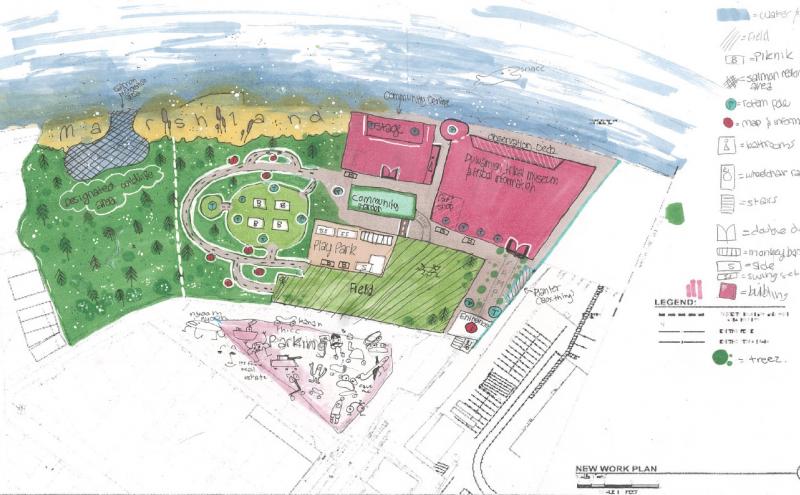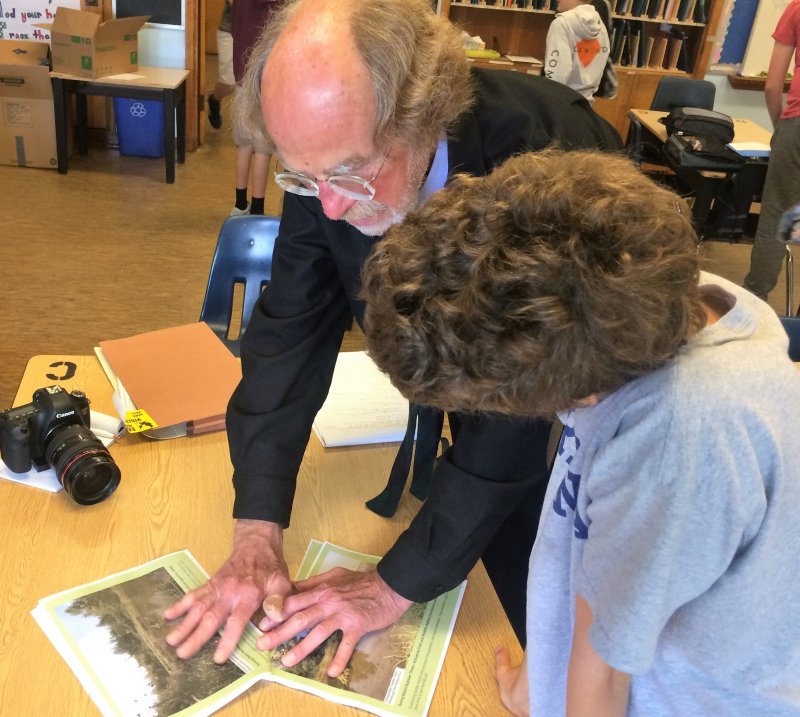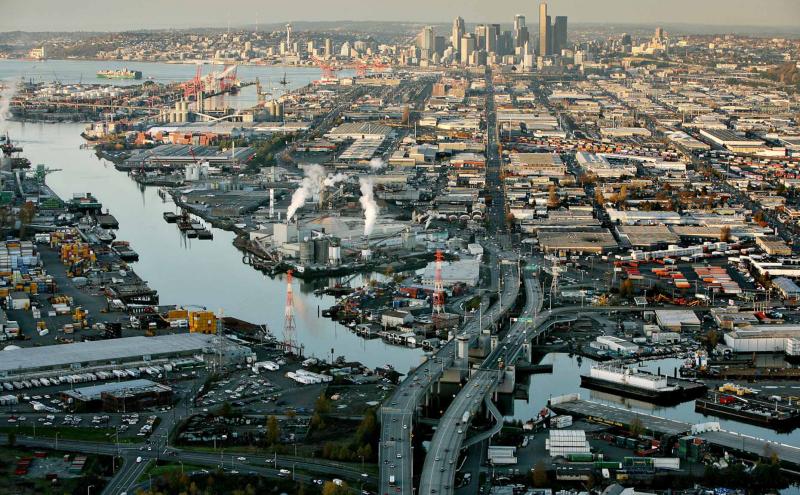
When the Port of Seattle designated Terminal 117 (T-117), a small industrial area on the edge of the Duwamish River in South Park, as safe after a lengthy cleanup process, the question on many people’s minds was “what’s next?”. That same question was presented to over a dozen classes of seventh grade students at Showalter Middle School in Tukwila, and Eckstein Middle School in Seattle, as they developed their own proposals for a new park.
Terminal 117 has a long history within Seattle. The site was originally used for asphalt shingle manufacturing starting in 1937, where Malarkey Asphalt Company operated for 56 years. The site was quickly recognized as heavily contaminated when the Port acquired it in 2000, and the Port and the City of Seattle worked together to conduct multiple large-scale cleanups, which were completed in 2016. In addition to clean up operations, new stormwater improvements were made, with over 1,500 feet of new storm sewer lines installed.
Local non-profit company Educurious worked with the Port of Seattle to create the curriculum for the “People’s Park Project” that piloted this spring. In each class, the students were split into groups, where each group of two to four students were responsible for coming up with a final plan for a park design at T-117 and presenting it to a group of their peers acting as mock Port Commissioners, who judged the plans and decided on a winner. Each group had a specific perspective to apply to their project, such as business/economics, environmental, local Native American tribes, or community engagement. The groups had a variety of resources at their disposal, such as maps, historical information, and expert knowledge from individuals working with the actual T-117 project. For the Commissioners group, they were able to learn about the current Port Commissioners, how meetings are run, and collaborate on the criteria they used to judge a final design.

Besides the creative aspect, the project also gave students a chance to learn more about the Port of Seattle in multiple ways. In an entry survey, 89% of the students said they knew little to nothing about the Port of Seattle. Throughout the course of the project, there were multiple testimonies and expert pieces done by Port staff members, sharing what they do on a daily basis with similar projects. Several employees from the Port also came to the classrooms to observe, give feedback, and watch the final presentations of the projects, giving students the chance to have direct conversations with the staff who made the real decisions on what to do with T-117.
The final plans were very impressive and creative, including community centers, neighborhood gardens, longhouses, and artificial islands. The groups had to give a detailed presentation where they explained every decision they made for their proposal, and then face the Commissioner inquiries from their peers as well.








